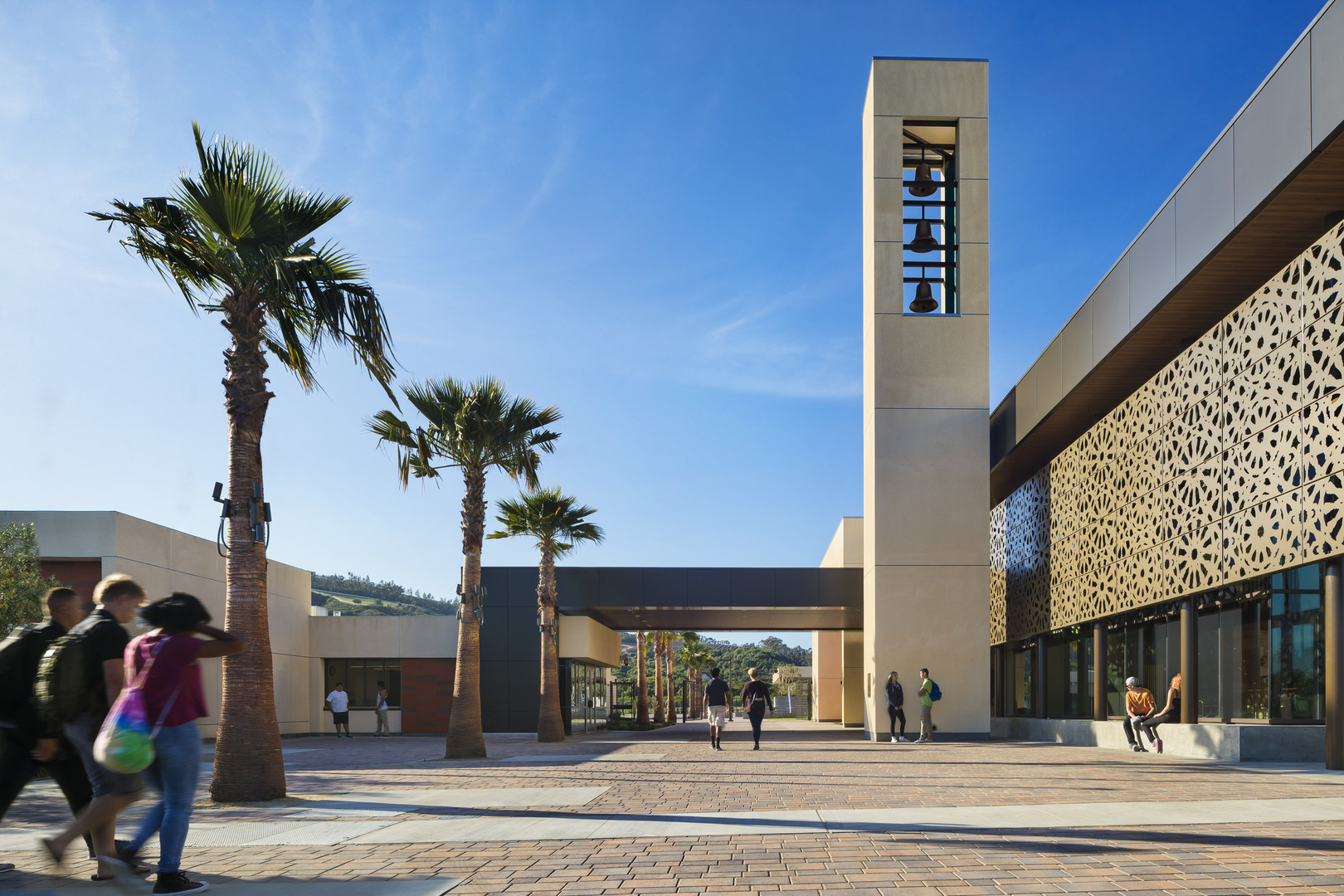How Does Architecture Integrate Nature Into Urban Spaces?

Have you ever noticed how revitalized you feel after a long walk in a park or a visit to the beach? There's something about the natural world that resonates deeply within us and helps us to relax and recharge. Unfortunately, with today's fast-paced, high-tech lifestyle, it can be challenging to spend time outdoors and enjoy all the benefits nature has to offer. That's where biophilic design comes in.
Biophilic design is a design style that integrates natural elements into buildings and spaces, helping people connect with nature even when they're indoors. This design philosophy has become increasingly popular in recent years as people recognize the numerous benefits of incorporating nature in urban spaces.
The Benefits of Biophilic Design
What makes biophilic design so essential, and what benefits does it offer? Here are just a few advantages of incorporating natural elements into built environments:
1. Reducing Stress and Anxiety
Stress and anxiety are two significant problems in today's society, affecting millions of people worldwide. Studies have shown that exposure to nature can help reduce stress levels and calm anxiety. When natural elements like plants and water features are incorporated into buildings, they help create a peaceful and calming atmosphere that can reduce stress levels and improve mental health.
2. Improving Cognitive Function
Exposure to natural elements has been shown to improve cognitive function and increase focus and concentration. When buildings incorporate elements like greenery, natural lighting, and water, occupants tend to feel more alert and productive, resulting in higher job satisfaction and efficiency.
3. Enhancing Creativity and Innovation
Stress, anxiety, and an unstimulating environment can greatly reduce creative thinking. By incorporating natural elements into workspaces, people can more easily connect to their natural surroundings, which can enhance innovative thinking and creative problem-solving abilities.
4. Boosting Overall Well-Being
Perhaps the most significant benefit of biophilic design is the positive impact it has on overall well-being. By incorporating natural elements into built environments, people feel more relaxed, focused, and productive. This, in turn, can improve overall quality of life.
How Biophilic Design Works
So how exactly does biophilic design work in practice? There are several ways that architects and designers can incorporate natural elements into buildings and urban spaces:
1. Greenery
One of the most common ways to incorporate nature into buildings is through the use of plants. Plants are excellent for improving indoor air quality, reducing noise levels, and creating a calming and relaxing atmosphere.
2. Natural Light
Natural light is also an essential element of biophilic design. Exposure to natural light has been linked to improved mood, better sleep quality, and increased vitamin D levels. Architects and designers can incorporate natural light into buildings through the use of large windows, skylights, and open floor plans.
3. Water Features
Another way to incorporate natural elements into buildings is through water features. Studies have shown that exposure to water can help reduce stress levels and increase relaxation and focus. Water features like fountains and indoor ponds can create a peaceful and calming atmosphere perfect for workspaces and public areas.
4. Natural Materials
In addition to these elements, architects and designers can also use natural materials like wood, stone, and other organic materials. These materials create a natural and warm atmosphere, helping occupants feel more connected to the natural world and reducing stress levels.
Frequently Asked Questions
1. How can I incorporate biophilic design into my home?
There are several ways to incorporate biophilic design into your home. One of the easiest ways is to add plants to your living space. You can also incorporate natural light by adding large windows or skylights. Water features like indoor fountains or ponds can also help create a calming atmosphere in your home.
2. Can biophilic design help me be more productive at work?
Yes, biophilic design has been shown to enhance productivity and focus. When natural elements like plants and water features are incorporated into workspaces, people tend to feel more relaxed and productive, resulting in higher job satisfaction and efficiency.
3. Is biophilic design more expensive than traditional design?
Not necessarily. While incorporating natural elements into buildings may involve more upfront costs, the long-term benefits and savings can outweigh the initial expense. Biophilic design can also result in a more pleasant and productive workspace, which can lead to higher job satisfaction and reduced employee turnover.
4. Can biophilic design benefit my mental health?
Yes, exposure to natural elements has been shown to reduce stress and anxiety levels, resulting in improved mental health. By incorporating natural elements into built environments, people can feel more relaxed and connected to the natural world, which can enhance overall mental well-being.
5. Can biophilic design benefit the environment?
Yes, incorporating natural elements into buildings can also help benefit the environment. Plants and other greenery can help improve air quality, while water features can help conserve water and reduce energy use in buildings. In this way, biophilic design can have a positive impact on both human well-being and the environment.
If you're looking to improve your overall well-being and create a more relaxed and productive living or work environment, consider incorporating biophilic design elements into your space. By connecting with the natural world, you can improve your health, creativity, and overall quality of life.



Post a Comment for "How Does Architecture Integrate Nature Into Urban Spaces?"